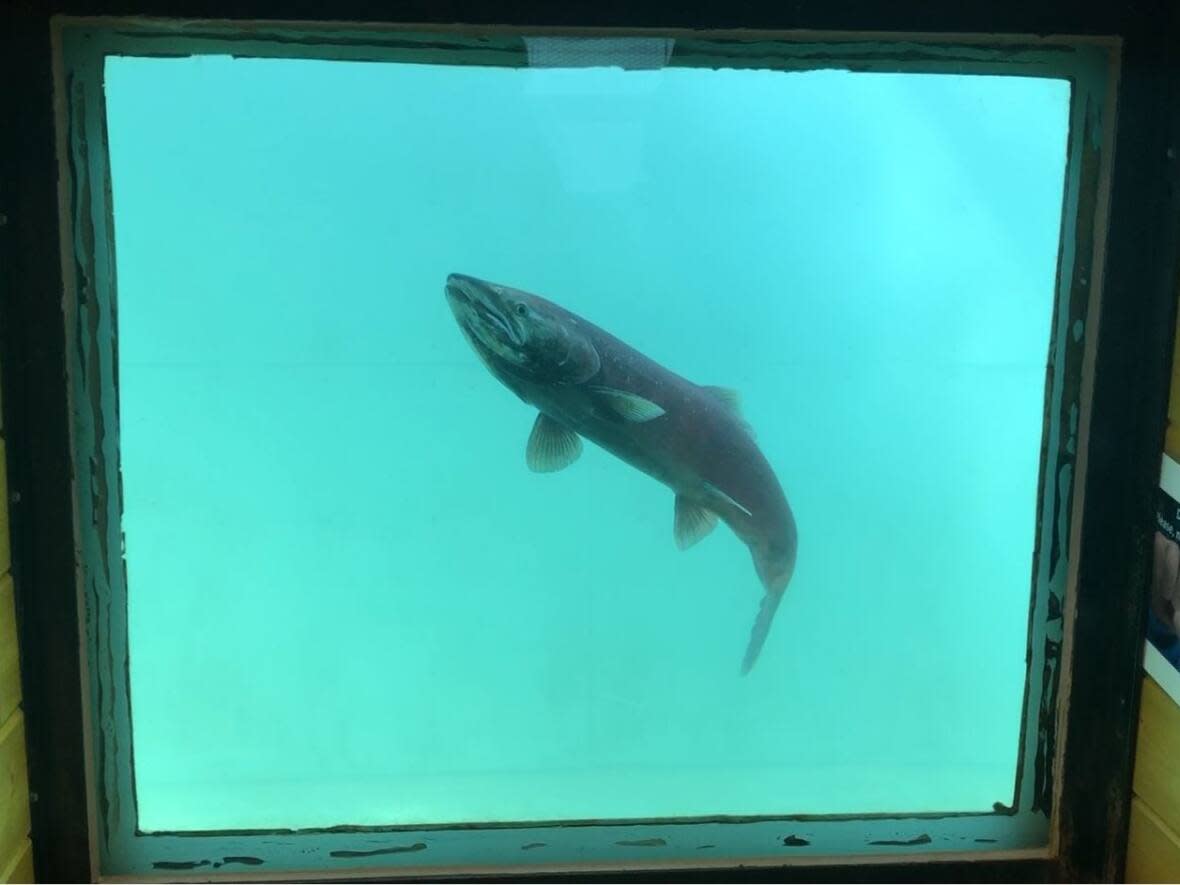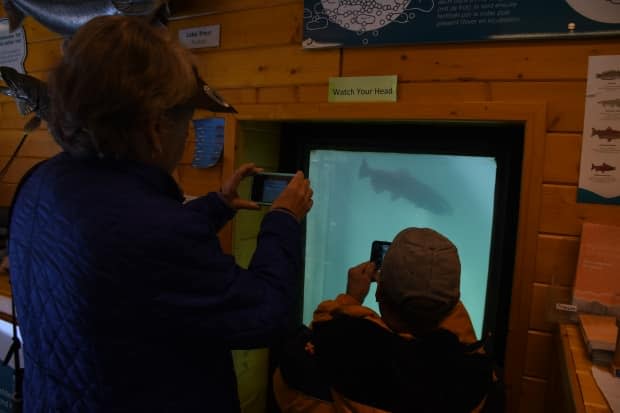Yukon River chinook, chum salmon runs expected to be small again this year

This year's Yukon River chinook and fall chum salmon runs are expected to be slightly better than last year's, but are once again unlikely to meet even the lower end of Canadian conservation targets.
That most likely means another year of no fishing opportunities, even for subsistence.
Scientists from both sides of the Alaska-Yukon border presented the forecasts, along with their anticipated management strategies, during the public portions of the Yukon River Panel's 2023 pre-season meeting in Whitehorse Tuesday and Wednesday.
The panel is made of six members each from the U.S. and Canada who provide advice to each country on how to manage salmon that spawn in the Canadian portion of the Yukon River and its tributaries.
The chinook salmon run size this year, according to the Alaska Department of Fish and Game (ADF&G) and Fisheries and Oceans Canada (DFO), is forecasted to most likely be 82,000 fish, with 34,000 of them Canadian-origin.
The forecast only accounts for fish entering the mouth of the Yukon River and doesn't factor in how many salmon could die before reaching the border.
Canada, this year, was aiming to see a minimum of 52,500 chinook reach their spawning waters — 10,000 more than the established minimum target — in light of steadily-declining returns.
While the wider forecast range is for between 26,000 to 43,000 Canadian-origin chinook, meaning there's a chance that the established minimum spawning escapement goal could be met, scientists and panel members warned that was unlikely to happen.
"The information that's being conveyed, I think, should be viewed as optimistic given past performance," panel co-chair Steve Gotch warned, noting that the 2022 forecasts overestimated the number of Canadian-origin chinook by approximately 50 per cent.
Last year ended up being the worst chinook run on record; while 41,000 to 62,000 Canadian-original chinook were forecasted in the pre-season, only about 12,000 were actually counted at the border. It marked the fourth consecutive year conservation goals weren't met.
Both ADF&G and DFO scientists said they would be closely monitoring this year's run and would adjust management plans based on in-season data, but did not anticipate any fishing opportunities on either side of the border.

Historic Yukon River chinook runs hit upwards of 450,000 fish, though that figure dropped closer to 150,000 to 200,000 in recent decades.
The Yukon River Panel is recommending, given the poor outlook, that both Canada and the U.S. implement a fishing closure on Canadian-origin chinook and that officials consider in-river, pre-spawning salmon mortality when implementing management strategies.
High uncertainty with fall chum forecasts
Meanwhile, fall chum salmon, which have also seen declining run sizes in the Yukon River system, are anticipated to have another weak year, with the most-likely run size forecasted at 251,000 fish compared to a historical average closer to a million.
Canadian-origin fall chum are generally anticipated to make up 25 per cent of the run, which this year works out to be about 62,750 salmon — just more than 7,000 short of the spawning escapement goal.
ADF&G and DFO scientists noted that there was a high degree of uncertainty with chum forecasts; the forecast range is 112,000 to 602,000 fish for the total run, with 28,000 to 150,500 being Canadian-origin.
Forecasts from 2018 to 2021 also largely over-estimated the number of chum that would show up, while the 2022 forecast underestimated the size by about half. Adding to the uncertainty was the fact that last year, Canadian-origin fish only accounted for approximately 10 to 12 per cent of the run instead of the usual quarter.
"I think the whole drainage-wide forecast might be optimistic," DFO's Adam O'Dell said in response to a question about whether the Canadian return might show up much smaller that forecasted, based on previous years' outcomes.
Like with the chinook, Canada and the U.S. are anticipating that there won't be fishing opportunities for fall chum.
While Alaska will allow for fishing of pink, coho and sockeye salmon and non-salmon species, it will require any accidentally-caught chinook and fall chum to be released.
The Yukon River Panel did not immediately issue recommendations for fall chum.


